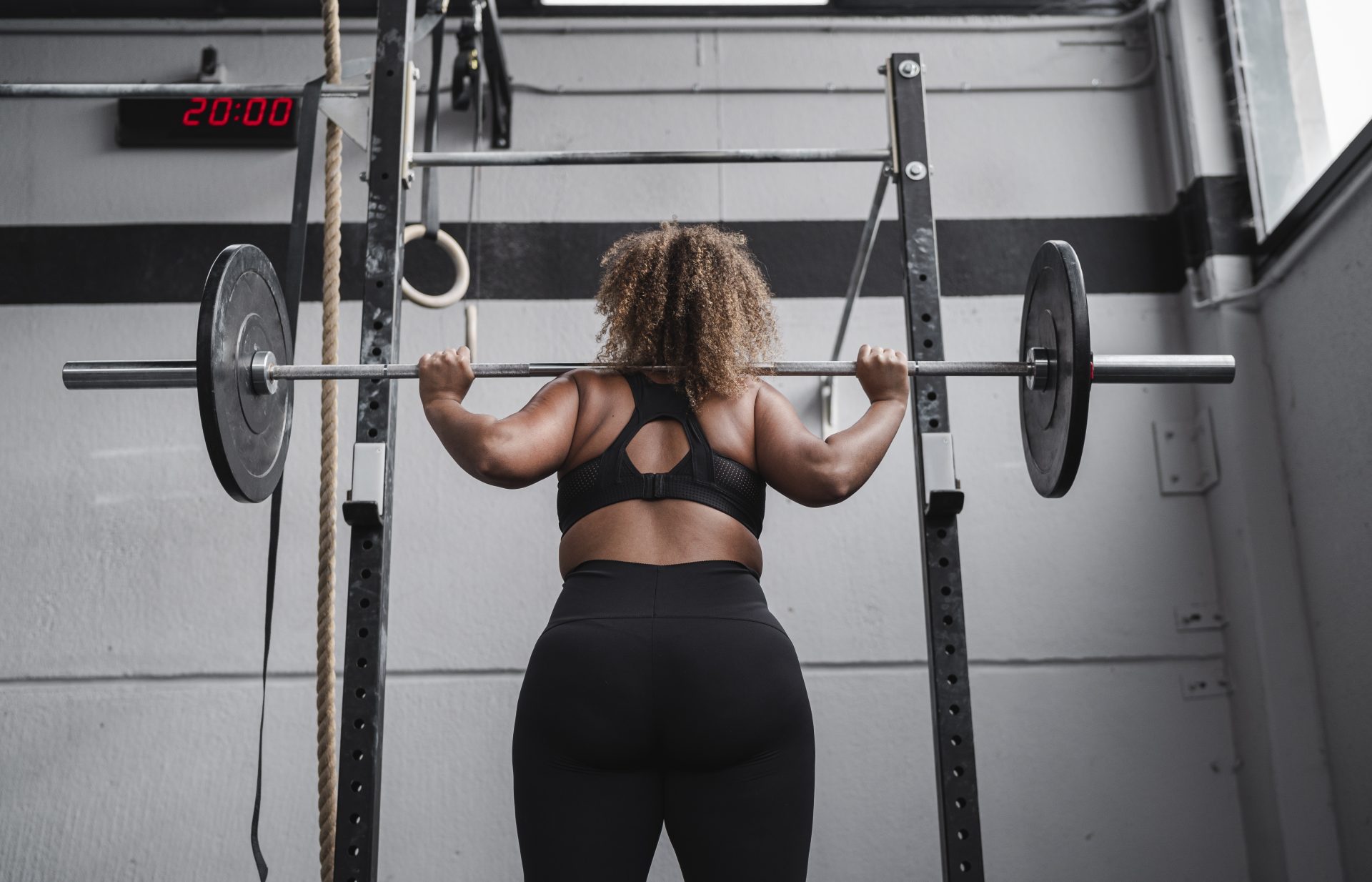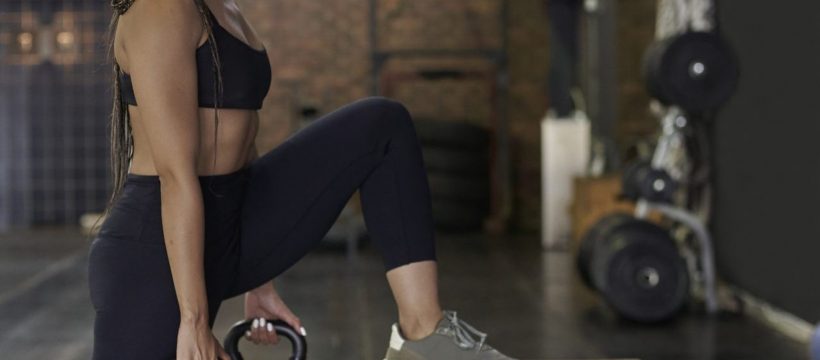Seeing your body as a whole, rather than individual parts that need fixing, can improve your workouts.
We all have exercises that we gravitate towards again and again. Perhaps you wouldn’t get through a week of workouts without squatting because it’s a big-win exercise; I overhead press at least once a week because it makes me feel like Hercules.
But most of us are very good at skipping the things we don’t like. For me, it’s inner thigh moves.
Avoiding the hip adduction machine has always been an active choice. It was the piece of equipment that my friends ran to years ago when we first got junior gym memberships, satisfied with what we thought was the feeling of our thigh gaps widening (which I now know is not at all how exercise works).
It’s not surprising that we thought this move was a crucial part of working out given the damaging beauty standards of the time.
You may also like
How to enjoy exercise, according to fitness influencer and powerlifter Meg Boggs
Rejecting these exercises has been an important part of learning to exercise for power and resilience. It felt like a feminist victory to walk straight past the machines associated with these weird body goals –proof that I’m no longer subject to diet culture’s version of exercise.
The reality hasn’t been so empowering. When I went to a physio complaining about all the usual niggles like back pain and tight hips, he told me the muscles in my inner thighs were so weak that they weren’t properly stabilising my hips and knees.
So many of us neglect to train certain muscle groups, whether as an act of defiance or a blanket hatred for the exercise. Friends and colleagues tell me they’ll happily skip over training their abs (too time-consuming), calves (too macho) and triceps (too painful). Others avoid entire workouts, such as running, because it reminds them of when they were obsessed with burning calories, or strength training, because of the never-ending fear of bulking up.

Of course, we can’t all do every sport and be experts in every exercise. But when it comes to exercising for a long and healthy life, we do need to pay attention to how we are training our bodies.
For me, that realisation has beenimportant. Avoiding inner thigh isolation exercise might have been logical at the time, but it was still clear that the diet culture associations were having a negative impact on my body. Whether or not it runs that deep for you or you simply hate the burn in your muscles, the point stands that we can’t just ignore the things we hate.
Ironically, getting comfortable with targeting small muscles started by looking big picture. Rather than individual body parts that need fixing (‘my calves are too weak’ or ‘my arms are so scrawny’), seeing your body as a whole is a good way to take the grossness out of the exercises you hate.
You may also like
Strength training: 3 of the best calf exercises you can do at the gym, or from home
Knowing that the bicep curls are there to stabilise your shoulders and, in turn, stop you from slumping at your desk or that clams will help you run without pain, which then makes you feel like a badass movie character, is a good way to reframe the mind.
My own hip adductor journey began by tweaking exercises I knew and loved to have more of an inner-thigh focus. Reverse lunges became lateral lunges and hip flexor stretches became box splits. I’m not saying that I now have watermelon-crushing thighs and live pain-free, but I can train them knowing it’s not eye-rolling, triggering hell. That said, you still won’t catch me anywhere near an adductor machine.
Images: Getty
Source: Read Full Article
